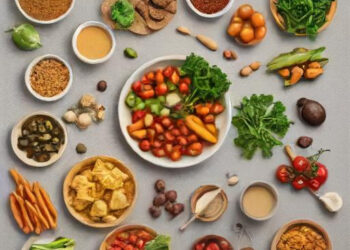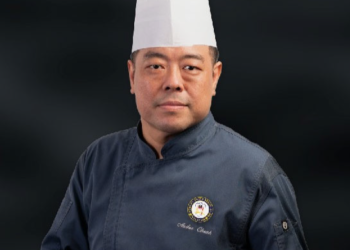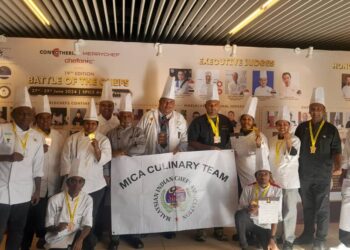-Balasubramanian Swaminathan (cbedit@imaws.org)
India’s leading spice producers and exporters Thillai Masala offers an extensive selection of spice blends, including garam masala, curry powders, chili powders, and more. Each product is crafted with precision, using carefully sourced ingredients and traditional recipes, ensuring consistent flavor and aroma in every dish. Drawing inspiration from age-old family recipes and culinary traditions, Thillai Masala focused on sourcing the finest ingredients and perfecting the art of spice blending. Masala Chef is the culinary brainchild of Thillai Masala, a brand renowned for its exquisite range of spices and seasonings. Masala Chef brings the essence of Indian cuisine to kitchens around the world, inspiring creativity and delighting palates with each dish. In a chat with Kitchen Herald, Jaisinh Vaerkar, Managing Partner, The Peninsular Export Company, speaks on wide range of topics from the HoReCa purchasing patterns, recent allegations leveled against Indian masala companies aborad and their expansion plans.
What are the recent updates in your organisation. You had been betting big on ‘Saaru’ and ‘Masala Chef’ from Thillais group. How are you planning to expand the same?
While we continue to launch new sku’s and variants as in the case of Saarru, we have also increased our private labelling capabilities and capacities and added more customers. Soups as a category are niche and the overall industry is Rs. 100crore only. The market will have to evolve more for us to scale. The focus on Thillais is more on reaching more customers and more markets rather than new products.
What are the key requirements of the HoReCa purchase managers today. How do you ensure quality and authenticity in every product ?
The purchase managers in the HORECA sector are challenged with the inflationary pressures and have to focus on costs at every level and every product. They have to meticulously monitor costs on an ongoing basis while still trying to ensure quality, safety and consistency. Sadly, it is not possible to get low prices, best quality and on time delivery every time. In this environment it is quality that usually suffers. You only get what you pay for. This is just a fact across every industry.

You predict that by 2030, the entire HoReCa industry will be organized and more people are getting into GST and FSSAI mode? Can you please explain the trend
It is not my prediction, it is what I read recently, but believe that the industry is headed in that direction which is a good sign. As a supplier to the HORECA segment we have had to change our practices and now only invoice a customer if they have a valid GST and FSSAI registration. We are seeing more standalone restaurants opening more branches and then service them with a central kitchen paving the way for a more organised food service sector. The expansion of the international and national restaurant chains is hastening the process of transition to an organised food service industry. Consumers and food delivery aggregators are also driving the change by expecting restaurants to be compliant to fssai and expect better hygiene and cleanliness.
Two Indian spice products had faced backlash in a foriegn soil. As 4th generation entrepreneur from the spices industry, how do you see this trend?
It is unfortunate that media blew this out of proportion and sacred the public. It would have been good if they instead chose to educate the public. The issue of eto residue does not impact the domestic spice industry as it is hardly used by domestic brands for their domestic supplies. It costs money and is also not needed given our culture of cooking food at high temperatures which itself would kill pathogens present in spices.
Eto itself is not bad and is perhaps the most effective method to kill pathogens effectively and is permitted in some countries while there are limits for use in other countries. Despite the cost eto sterilisation is still the cheapest method of sterilisation vs other methods like steam or irradiation
According to you, what are the common mistakes HoRecA customers do while procuring spices and how they should rectify it?
HORECA customers often resort to grinding the whole spices on their own. This takes away their focus on their core job of cooking. Spices change their characteristics over time and hence it is difficult to standardise and expect the same consistency in every batch. However, in packaged spice powders the companies take measures to blend different grades if needed to ensure that the same batch to batch consistency is made. Grinding is not a cost effective option for a restaurant or caterer. A good example is chilli powder. A bag of chilli stored over a period of time will give a different colour and pungency when used over a few months making the dish go wrong and results in increased or decreased dosage resulting in higher costs and perhaps more wastage.
Most HORECA customers use brands meant for home use. The needs for HORECA application are different and HORECA customers should consider the prices, pack size and quality needed to get the prices and quality right.
What future plans or innovations can we expect from Thillai Masala? Are there any new products or initiatives on the horizon?
We have a very good research and development and constantly look at evolving consumer preferences and the gaps in the category and have robust pipeline of new products planned.
BEST WISHES FROM








